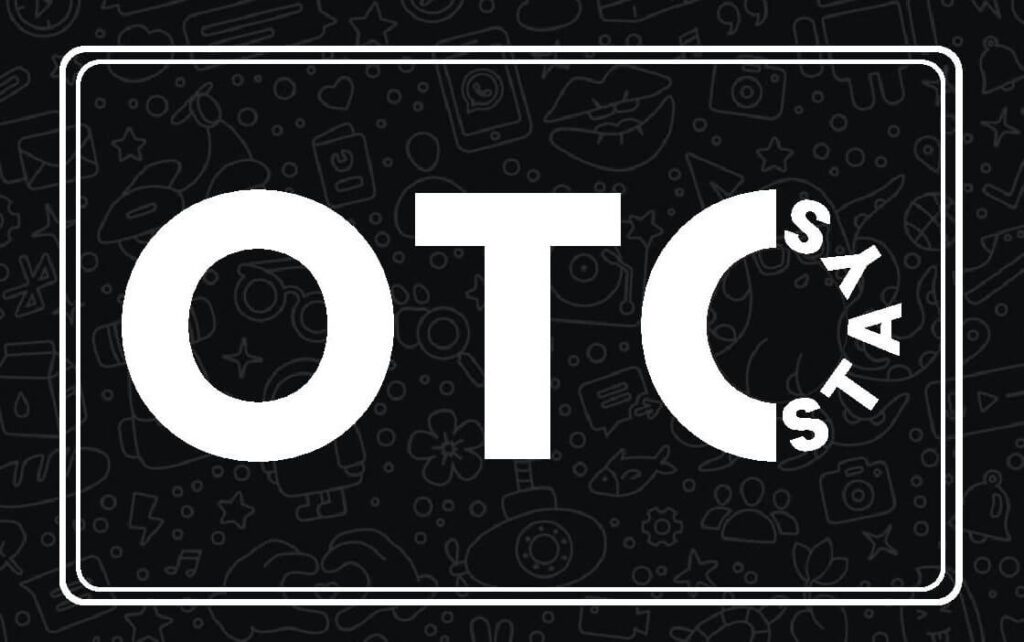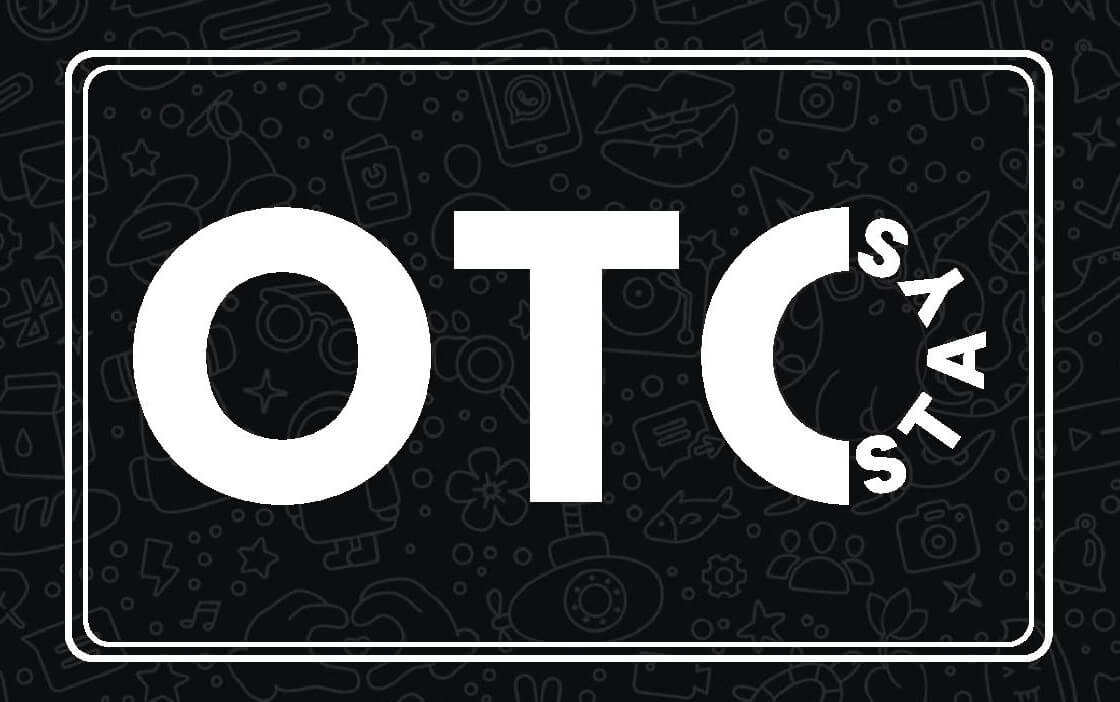
Drug Testing Kits for Parents: How to Test with Trust and Privacy
Navigating the waters of parenting in today’s world can be daunting, especially when it comes to ensuring our kids’ safety and well-being. That’s where drug testing kits come into play. As a parent, I’ve realized the importance of being proactive rather than reactive, and these kits can be a crucial part of that strategy.
The thought of drug testing might bring a mix of emotions, but it’s essential to approach this topic with an open mind and a clear understanding. Whether you’re worried about potential drug use or just want to have a conversation starter about the dangers of drugs, these kits can serve as a valuable tool. Let’s dive into why drug testing kits for parents are becoming increasingly popular and how they can help keep our children safe.
Understanding the Need for Drug Testing Kits
When considering the safety and well-being of my children, drug testing kits have become an increasingly important tool in my parenting arsenal. The rise in drug use among teenagers and even younger kids has brought this issue to the forefront of my concerns. It’s not just about illegal drugs; prescription medication abuse is also on the rise, making it crucial for me to stay vigilant.
Drug testing kits serve multiple purposes in a household like mine. Firstly, they’re a preventive measure. Knowing that I have the kits at home and might use them can be a powerful deterrent for my children. It sends a clear message that drug use is something we take seriously and that there are real, immediate consequences to such actions.
Secondly, these kits can be invaluable conversation starters. I’ve found that just having the kits can prompt discussions about drugs, their effects, and the dangers associated with them. It opens up a dialogue in a non-threatening way, allowing me and my kids to discuss difficult topics openly and honestly.
The increasing availability and ease of use of these kits have made them accessible to parents like me, who might not have a medical background. Modern drug testing kits can detect a wide range of substances, from alcohol and marijuana to harder drugs like cocaine and opioids. This broad detection capability is essential for addressing the diverse drug landscape facing today’s youth.
| Substance Detected | Importance |
|---|---|
| Alcohol | High |
| Marijuana | High |
| Cocaine | High |
| Opioids | Critical |
| Prescription Drugs | Critical |
While the thought of drug testing my child was daunting at first, I’ve come to see it as part of my responsibility as a parent. It’s about protecting them, guiding them, and being prepared to intervene before a casual experimentation turns into a life-altering addiction.
Benefits of Using Drug Testing Kits as a Parent
As a parent navigating the complex journey of raising teenagers, I’ve come to appreciate the profound value drug testing kits provide. They’re not just tools for detection—they’re bridges to open, honest communication with our kids about the risks and realities of drug use. Let’s dive into the core advantages.
Early Detection and Prevention stand out as pivotal. Identifying substance use early can prevent the escalation to addiction, making these kits an essential part of my parental toolkit. They empower me to intervene at the earliest sign of drug use, potentially steering my child away from the path leading to substance abuse disorders.
Promoting a Drug-free Home is another cornerstone. By implementing the use of these kits, I’m sending a clear message about my family’s values regarding drug use. It’s a proactive step that emphasizes my commitment to maintaining a safe and healthy environment for my family.
Moreover, the Educational Aspect cannot be overlooked. The process of using drug testing kits offers a tangible opportunity to educate my children about the various substances they might encounter, their effects, and the legal and health consequences of using them. This education extends beyond just my children, as I find myself becoming more knowledgeable and better equipped to discuss these topics confidently.
The Broad Detection Capabilities of modern kits are impressive, allowing parents like me, without a medical background, to accurately identify a wide range of substances. This comprehensive approach ensures that I’m not just focusing on the usual suspects like marijuana and cocaine but also keeping an eye on prescription medications, which can be equally, if not more, dangerous.
In essence, these kits are more than just tools for detection; they’re an integral part of my strategy to keep my children safe and informed. By leveraging their benefits, I’m not just monitoring—I’m educating and protecting, laying the foundation for a healthy dialogue about drug use that will benefit my children well into adulthood.
Types of Drug Testing Kits Available
When exploring the realm of drug testing kits, it’s vital to understand the various types available to parents. Each type comes with its unique features, benefits, and substances it can detect. I’ve delved into the most common types to give you a clearer view of what might best suit your needs.
Urine Drug Tests
Urine tests are perhaps the most widely recognized and utilized form of drug testing. They’re known for their simplicity, quick results, and the broad range of substances they can detect. These kits work by identifying metabolites of drugs in the urine, which can show recent drug use. Here’s a breakdown:
| Substance | Detection Window |
|---|---|
| Marijuana | 1-30 Days |
| Cocaine | 1-4 Days |
| Opiates | 1-4 Days |
| Amphetamines | 1-3 Days |
| PCP | 3-7 Days |
Saliva Drug Tests
Saliva testing is gaining popularity for its non-invasive nature and the ability to conduct the test in plain view, reducing the chance of specimen tampering. These kits typically detect drug use within a shorter window, often up to 48 hours. They’re excellent for checking immediate drug use but might not be ideal for longer detection periods.
Hair Follicle Drug Tests
Hair follicle tests can trace drug use back much further than urine or saliva tests, sometimes up to 90 days. This type of test analyzes the drug molecules permanently trapped in the hair shaft. While more comprehensive, it’s also more expensive and typically used in specific scenarios where long-term information is necessary.
Understanding the strengths and limitations of each type of drug testing kit can empower you as a parent to make an informed decision. Whether you’re concerned about recent exposure or want a broader insight into your child’s habits, there’s a kit designed to meet those needs.
How to Implement Drug Testing Kits Effectively
Implementing drug testing kits effectively requires more than just purchasing the right type. It’s about fostering an environment of trust and openness while also setting clear expectations. I’ve learned that the approach I take can significantly influence the outcome.
Firstly, communication is key. Before I even consider buying a drug test, I make it a point to have a candid discussion with my child. This conversation is not about accusations but about expressing concern, discussing the potential risks of drug use, and the reason behind wanting to use drug tests. I’ve found that approaching the topic from a place of love and care, rather than punishment, helps in gaining their cooperation.
Choosing the Right Test
Selecting the right drug testing kit is crucial. I always ensure that the kit is:
- Easy to use
- Accurate
- Timely in delivering results
For instance, if I’m concerned about recent drug use, I might opt for a saliva test due to its shorter detection window. Conversely, for a broader insight, I’d consider a hair follicle test. I carefully weigh the pros and cons of each test type, considering what best suits my situation.
Establishing a Testing Routine
Creating a routine or schedule for drug testing can help normalize the process. I don’t suggest testing too frequently, as it might create an atmosphere of mistrust. Instead, I opt for a balanced approach, perhaps aligning tests with significant changes in behavior or after social events known for drug availability. This strategy minimizes confrontation and underscores the preventive aspect of drug testing.
By prioritizing clear communication, choosing the appropriate test for my needs, and establishing a fair testing schedule, I’ve found that implementing drug testing kits can be an effective component in safeguarding my child’s wellbeing without causing strain on our relationship.
Ensuring Privacy and Trust in the Process
When approaching the subject of drug testing within the family, trust is paramount. I’ve found that the manner in which the topic is introduced and discussed plays a huge role in maintaining a positive relationship between me and my child. It’s not just about deciding to use a drug testing kit; it’s about fostering an atmosphere where my child doesn’t feel cornered or distrusted.
I always start by expressing my concerns in a non-judgmental way, emphasizing that my primary motive is their well-being. It’s crucial to explain the reasons behind considering drug testing and to assure them that any results will be kept strictly confidential. This assurance helps alleviate fears of embarrassment or punishment, which can often be a barrier to open communication.
Furthermore, I involve them in the process as much as possible. This could mean discussing together which type of drug testing kit we’ll use, or even involving them in the decision-making process about how often the tests will be administered. Such inclusivity helps demystify the process and reinforces the idea that it’s a measure of care, not control.
Privacy during the testing process itself is another critical aspect. Ensuring that the testing is done in a respectful manner that grants them personal space can help maintain their dignity while still achieving the necessary oversight.
Implementing these steps has greatly assisted in not just conducting the tests, but also in strengthening the bond I share with my child. It turns a potentially contentious issue into an opportunity for dialogue and mutual understanding.
Conclusion
Navigating the delicate balance between ensuring safety and maintaining trust with your child can be challenging. I’ve found that approaching drug testing with empathy, openness, and respect can transform a potentially contentious issue into an opportunity for deeper connection. Remember, it’s not just about the test results; it’s about showing your child that their well-being is your top priority. By prioritizing communication and privacy, you’re not only safeguarding their health but also reinforcing the strength of your relationship. Let’s embrace these moments not as points of contention but as stepping stones toward mutual respect and understanding.
